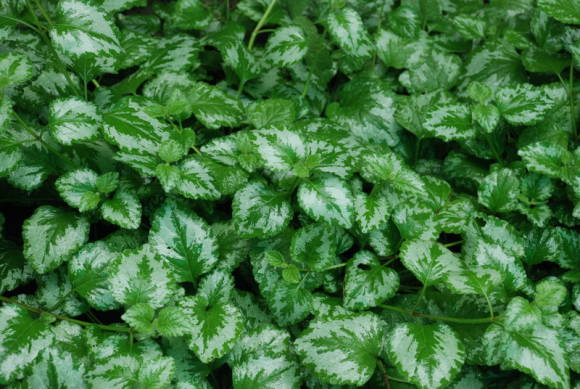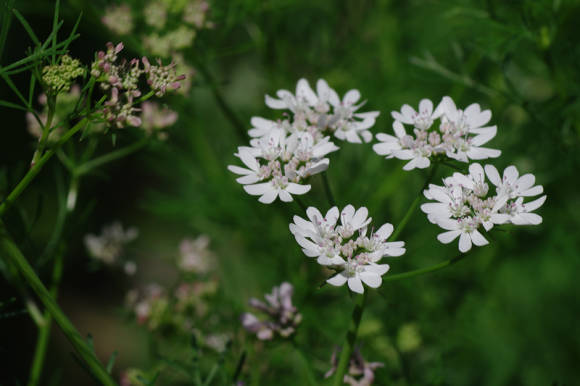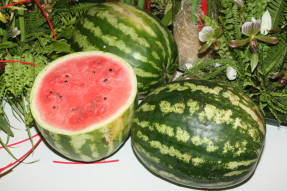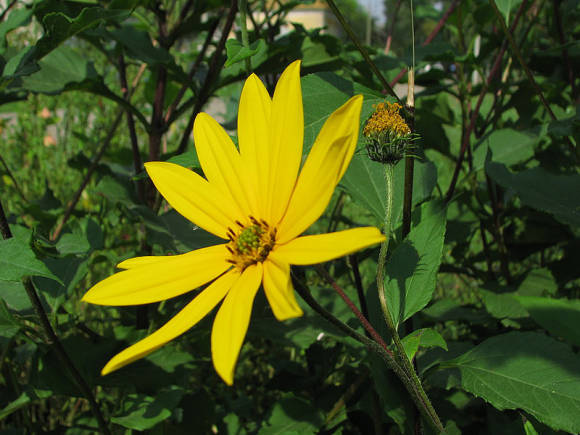
The 18th century was a revolutionary milestone in the history of European garden art. The regular gardens and parks of the Baroque era were replaced by the landscape style. The correct, regular design of the garden began to be perceived as violence against nature, and naturalness and imitation of nature were declared the highest value. There is a curious statement by a contemporary about the "father of the new gardening", the famous Englishman William Kent (1685-1748): "He jumped over a garden hedge and saw that all nature is a garden."
Natural landscapes corrected by the artist's hand with their picturesque hills and groves, quiet lakes and babbling streams in the 18th century began to be considered the standard of the habitat. The gardens, created in the new style, were devoid of artificial symmetry and ostentatious decorativeness. True, sometimes in secluded corners of the park one could, as if by chance, come across a dilapidated pavilion or a mysterious grotto overgrown with moss and ferns. Here you could catch your breath after a long walk, relax or simply retire in an intimate atmosphere.
The main features of the landscape style
 All the beauty of the landscaped gardens cannot be felt at once, it is revealed gradually, during leisurely promenades. Behind each bend of the garden path, more and more new pictures and perspectives appear. Behind the seeming naturalness is the painstaking work of gardeners who create pictures of a landscape park, like a painter paints a theatrical scenery.
All the beauty of the landscaped gardens cannot be felt at once, it is revealed gradually, during leisurely promenades. Behind each bend of the garden path, more and more new pictures and perspectives appear. Behind the seeming naturalness is the painstaking work of gardeners who create pictures of a landscape park, like a painter paints a theatrical scenery.
Of great importance in landscape-style gardens is the alternation of open and closed spaces (lawns, water surface of lakes and rivers, tree and shrub plantations), as well as the creation of picturesque perspectives. The most spectacular views open from the so-called vantage points: around the bend of the path, from the top of a hill, the shore of a reservoir ... As a rule, such places are marked with a gazebo or just a bench, where it is pleasant to sit while admiring the beautiful view.
Using landscape components
The main elements relief in the landscape garden there are the rounded shapes of hills and hills, the slopes of river valleys covered with lush greenery. Stones are widely used (individual boulders and groups of stones).
The dynamism of the flowing water manifests itself no longer in fountains, as in baroque gardens, but in more natural and calm forms - springs, streams, rivers. The calm water surface of ponds and lakes becomes an important component of the entire landscape, creating an appropriate mood for leisurely walks.
In a landscape garden trees and shrubs grow in natural picturesque groups. It seems that they have always grown in this place, although they were planted by the hand of an experienced gardener. Old freestanding trees (tapeworms) are highly prized, especially those with a twisted trunk and bizarrely curved branches. In regular gardens, trees of this kind would be, at best, just "outlandish freaks", in landscape parks they are valued for their unique individuality.


Along with the "solo" trees, groups of trees and shrubs play a great role in the landscape of the landscape garden. They are planted in such a way that the shape and color of the leaves, the color and texture of the crown, the peculiarities of branching, “play”.
Instead of intricate flower beds planted with low-growing flowers that form a carpet pattern against a green background, flowers grow in free compositions in the landscape park. V mixborders tall plants are usually planted in the background, and undersized in the foreground. Moreover, they are specially selected for the timing of flowering, so that the composition pleases the eye at any time of the year. Looks natural in landscaped gardens meadow lawns, on which, along with cereals, wildflowers grow. All this creates an atmosphere of confidential communication with nature, which is so lacking in modern city dwellers.Perhaps this is the reason that today the landscape style is still the most relevant trend in landscape design.









